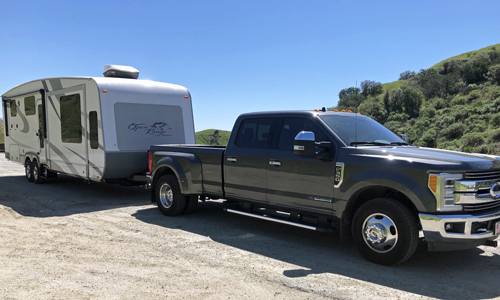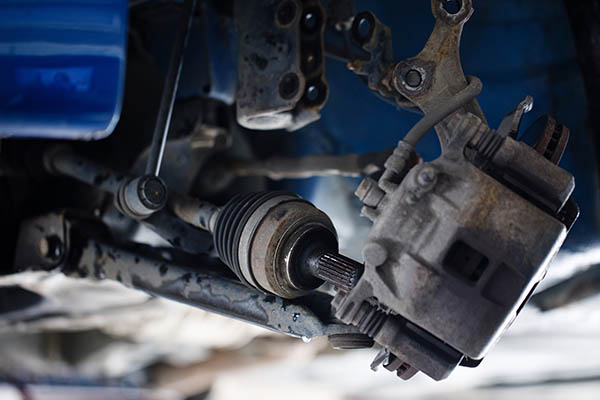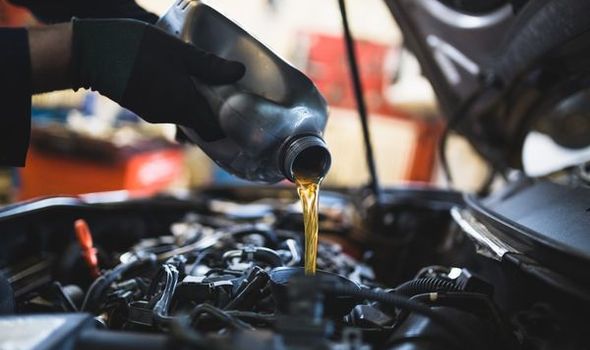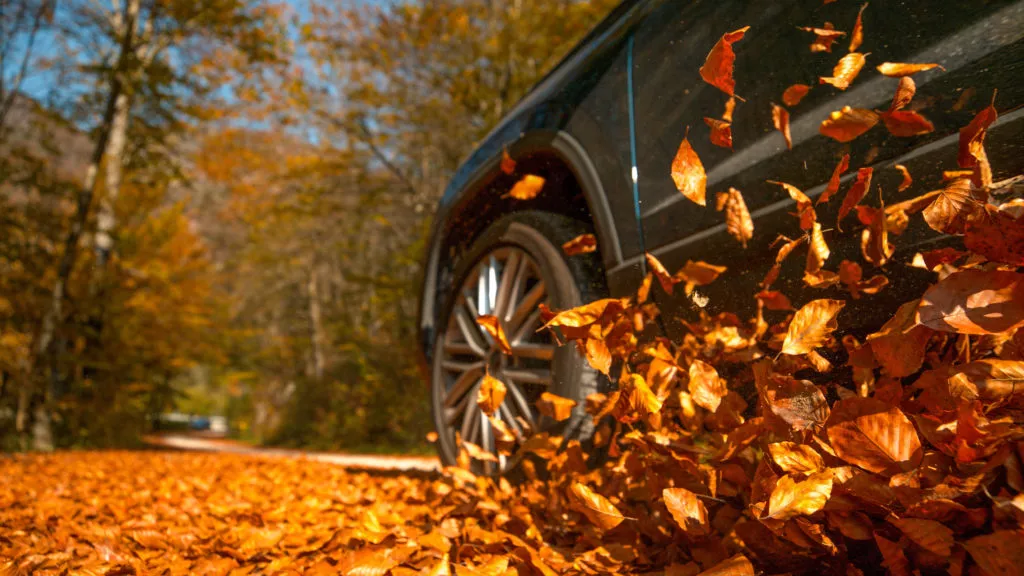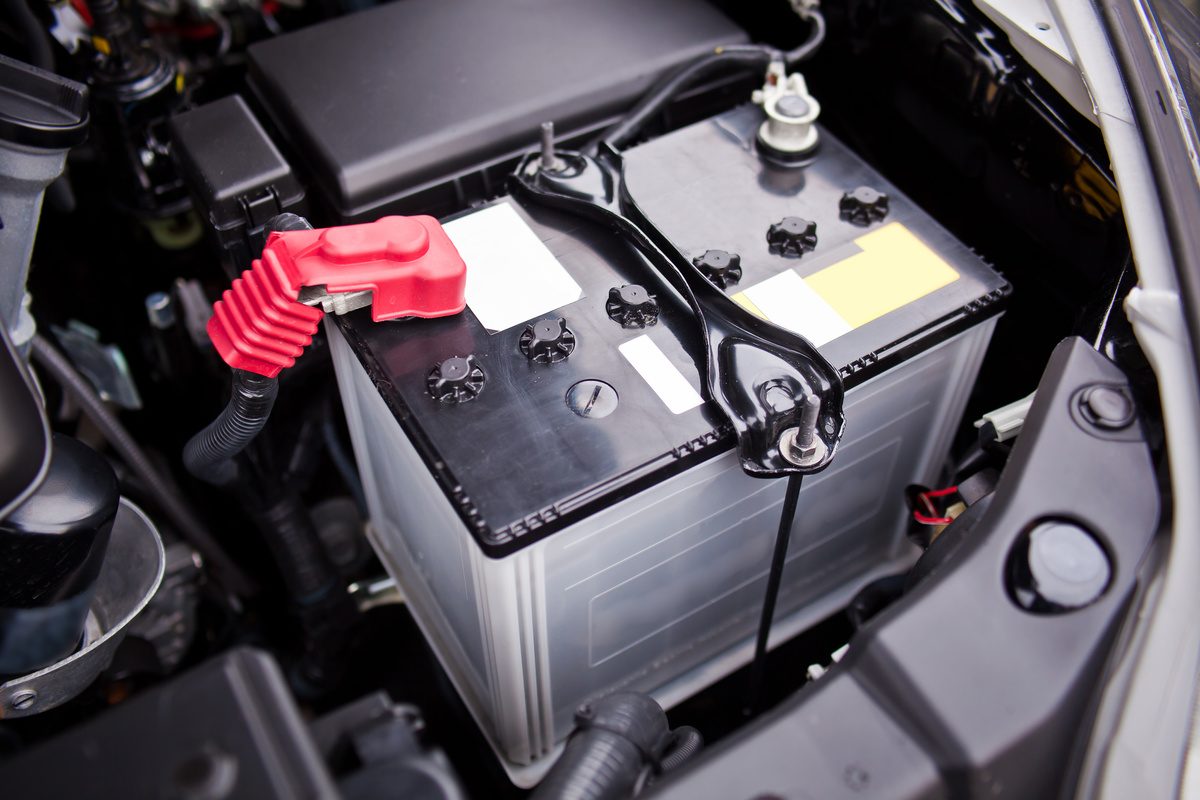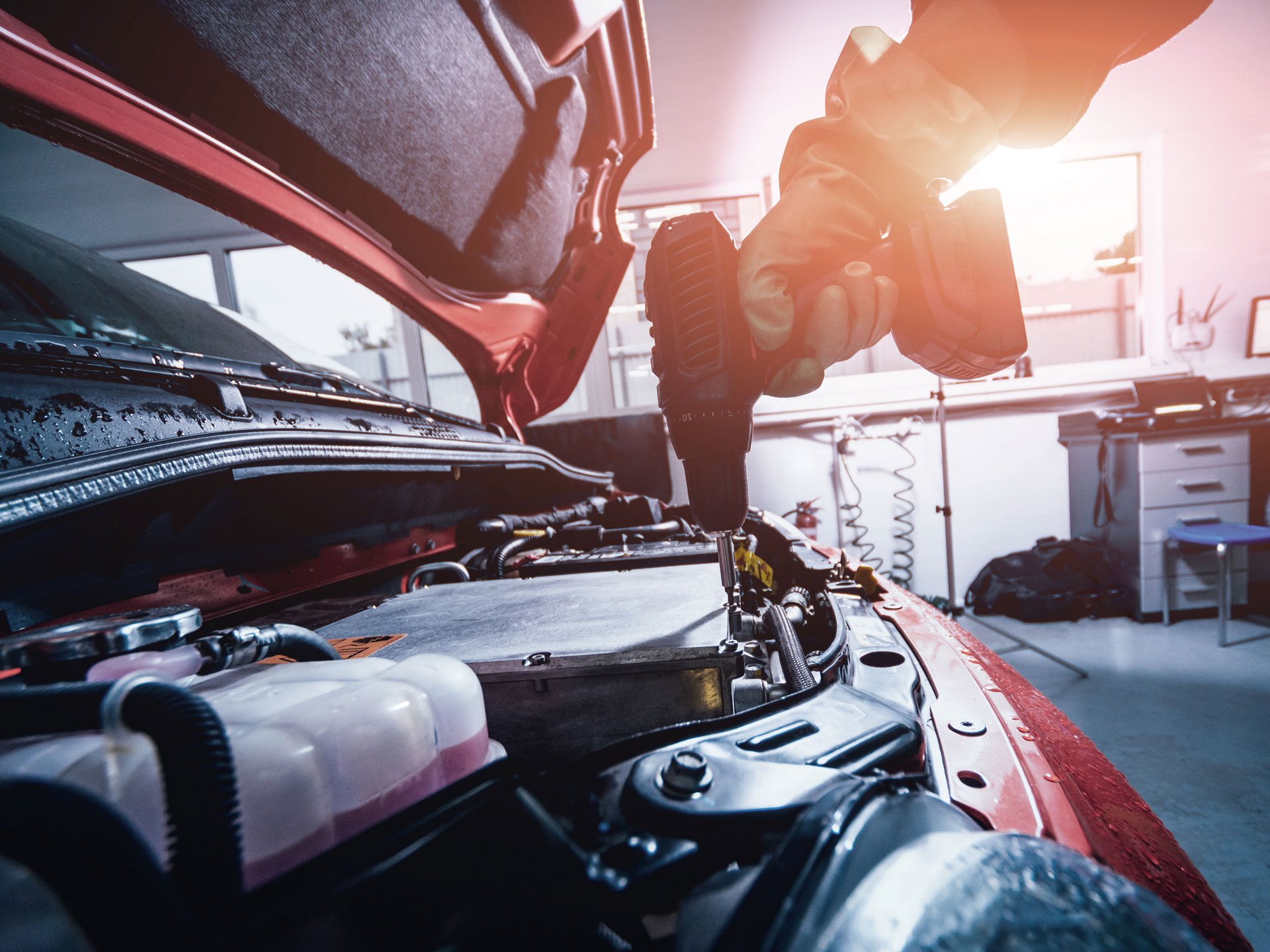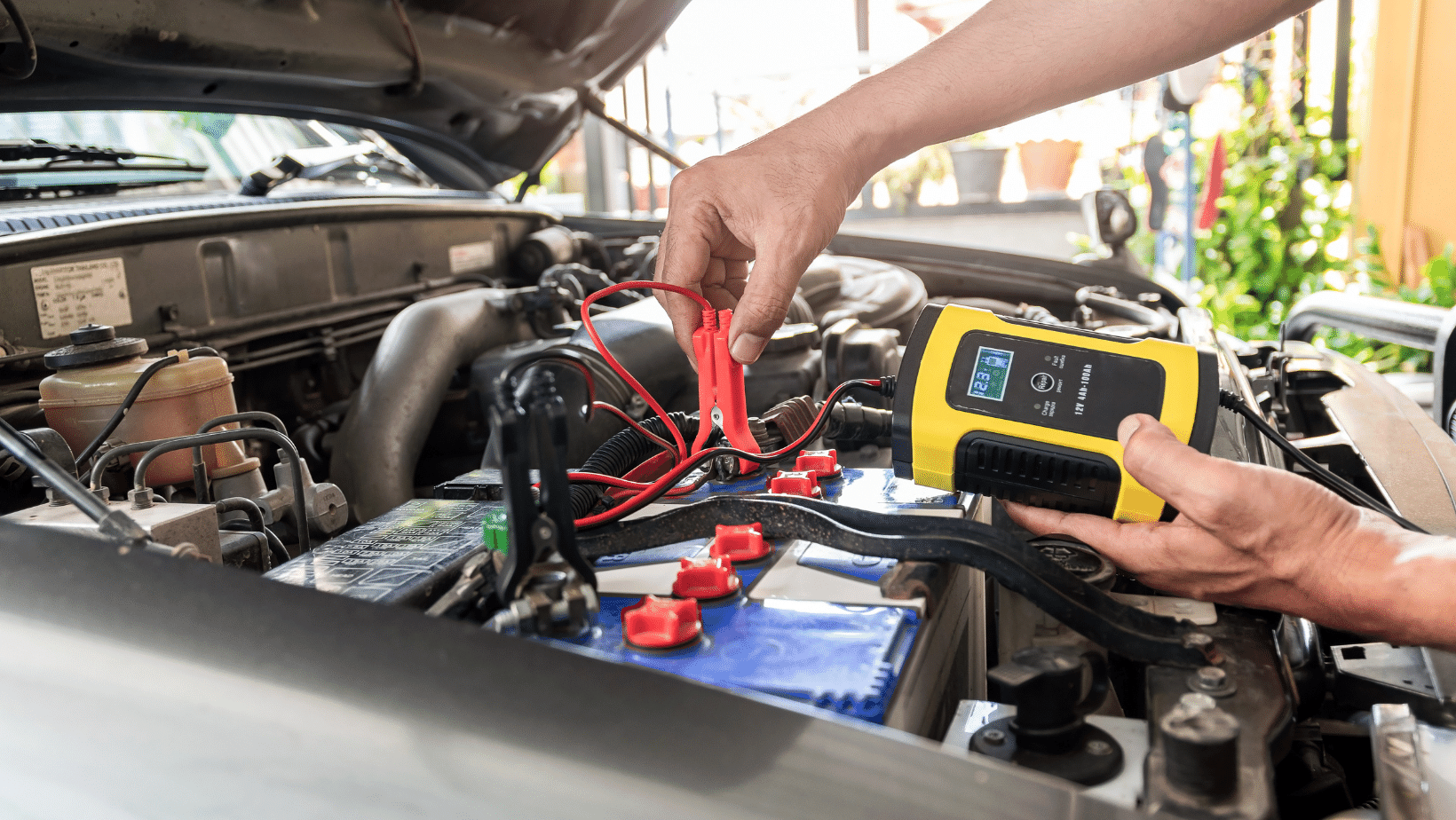Whether they’re young enough to still be in a car sear or old enough to be going to soccer practice, kids are messy – but that doesn’t mean your car has to be. You can prevent messes and treat common stains with just a little know-how. Here are tips on how to keep your car clean with kids.
Get organized
Hang a shoe organizer on the back of the driver’s seat to keep toys and must-have travel items organized.
Mess-free meals
Keep a shower caddy in your car so kids can use it as a traveling meal tray when eating on the go.
Keep surfaces clean
Use baby wipes to clean hard surfaces rather than auto wipes that may have harsh chemicals.
Store trash
Put a bag in a plastic cereal container to use as a compact trash can in your car.
Car seat protection
Consider adding a towel or a “seat saver” under car seats to protect your upholstery form messes and indentations.
Cover your seats
Cover your seats with a fitted sheet so you can shake out stray French fries rather than vacuum them out.
DIY stain remover
To remove stains from your upholstery mix 1 cup of dish soap, 1 cup of vinegar and 1 cup of club soda in a spray bottle and scrub away.
Remove odor
If your car has a funk, place a bowl of vinegar on the floor overnight. Remove it in the morning and keep doors open to remove vinegar smell. Learn more ways remove car smells.
Clean cup holder
Cover a travel mug with an old sock, spray it with cleaner, place it in the cup holder and twist it to remove dirt.
Car travel bags
Give kids a special travel bag to take toys in the car, but have them remove the toys after each trip.
Avoid car sickness
According to the Centers for Disease Control and Prevention (CDC), children ages 2 to12 years old are especially susceptible. Fortunately, there are measures you can take to handle carsickness and minimize the mess in your car.
Make sure kids have snacks
You don’t want your children starting a long drive on an empty stomach, or it may make them feel queasy. “Just a small, light meal or even a couple of crackers will help ease nausea,” says Sally Black, a former pediatric nurse who now runs the family travel site VacationKids.com. “During the drive, ginger ale and gingersnaps can help settle an upset tummy.”
Seat kids in the middle of the back seat
You may be tempted to seat a child near the window so they can get fresh air if they need it. “Actually it’s best to seat them in the middle whenever possible,” Black says. If you’re making the trip in a three-row minivan, “the middle [row] is best because it forces kids to face forward and look toward the horizon.” Why is this important? Because looking forward to a point on the horizon helps kids’ brains interpret motion senses that their ears and eyes are receiving. In other words, you want to match what they’re seeing with what they’re feeling.
Avoid gaming and watching movies
If your child is prone to carsickness, ditch activities involving reading, watching DVDs or video gaming. “Any activity that involves up close eye work will only aggravate a carsickness situation,” Black says. Try reading them trivia questions or playing 20 questions.
Have water ready
Make sure there’s an abundant water supply so your crew stays hydrated. “Avoid acidic beverages such as orange juice,” Keith says. “Keep a cooler of ice and fresh water.”
Take frequent rest breaks
Avoid high speeds and frequent, sudden stops and starts. Build in frequent rest breaks so your kids can get out and stretch their legs.
Motion sickness medication
Motion sickness pills may help, but check with your child’s doctor to be safe. Even after you get the doctor’s approval, “you must read the package instructions carefully before purchasing to determine if they’re age appropriate,” Keith says. “Some may not be recommended for young children. Also, they may cause drowsiness.”


